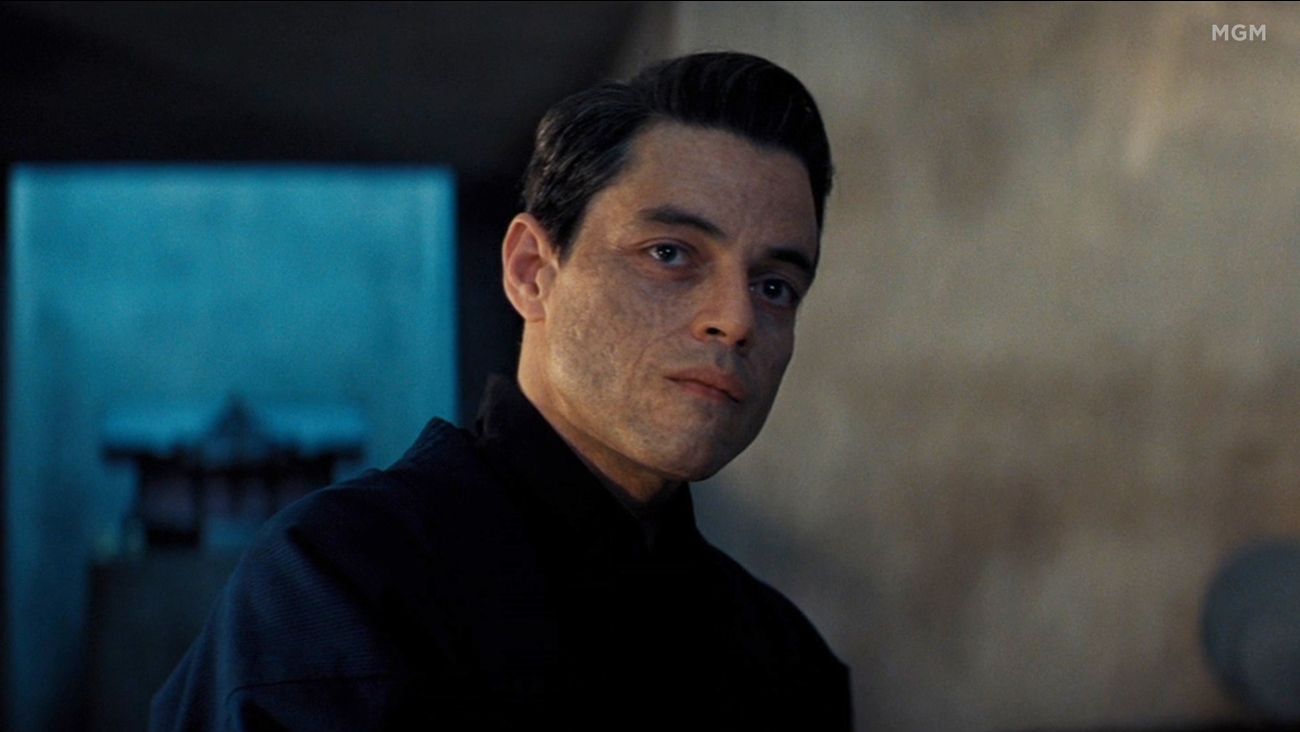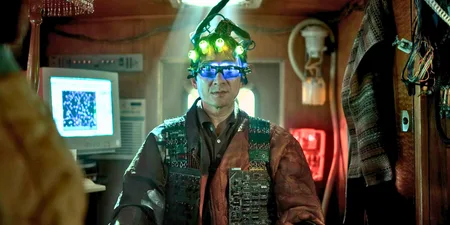If villains rely on facial disfigurements, then maybe they aren’t good villains
Campaigners have called for an end to disfigurement being used as a villain’s identity in films, citing that it stirs up “harmful connotations” for those living with facial disfigurements.
Changing Faces, a UK charity campaigning to end discrimination against people with visible differences, has contacted Bond producers to request a good character with a facial disfigurement.
 No Time to Die
No Time to DieThis comes after the premiere of Daniel Craig’s last stint as 007. In No Time to Die, Bond faces disfigured assassin Safin, played by Bohemian Rhapsody‘s Rami Malek.
“Often we get messages saying, ‘I’ve experienced a negative message, I’ve been compared to a villain in a film’, myself included – I got referred to as Freddy Kreuger,” Changing Faces campaigner and burn survivor Tulsi Vagjiani told Sky News.
She continued to explain that the organisation launched a campaign called ‘I am not your Villain’ three years ago leading The British Film Institute to allegedly pledge that it would no longer fund films with facial disfigurements.
Read our No time to Die review here.
“We need to change this – not just for the generation now, but for those who are really young at the moment and going through their own journey with having a visible difference.”
Bond has a long history of employing the disfigurement trope for its villains. For instance, Skyfall‘s villainous Raoul Silva, played by Javier Bardem, had a misshapen jaw in the 2012 feature.
Perhaps it is time to retire this trope; after all, if your character relies on a facial disfigurement to be a villain, maybe they aren’t as deep as you think. Give the make-up assistant the day off and hire some more writers instead.
Related links:
- No Time To Die: ‘Magnificent’ new Bond film gets rave reviews
- James Bond ‘was a rapist,’ says new film’s director
- Daniel Craig says goodbye to Bond in emotional farewell speech






































